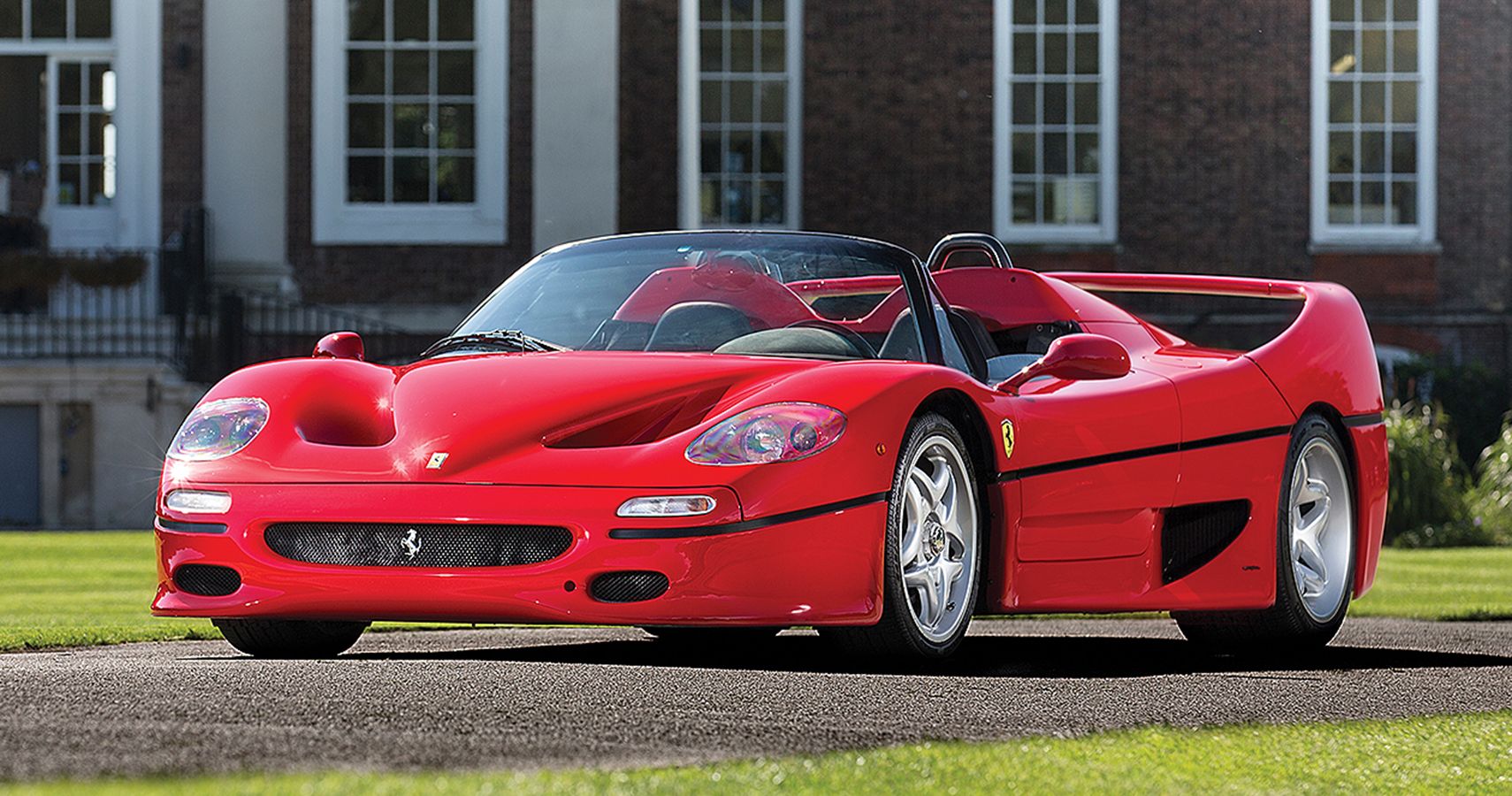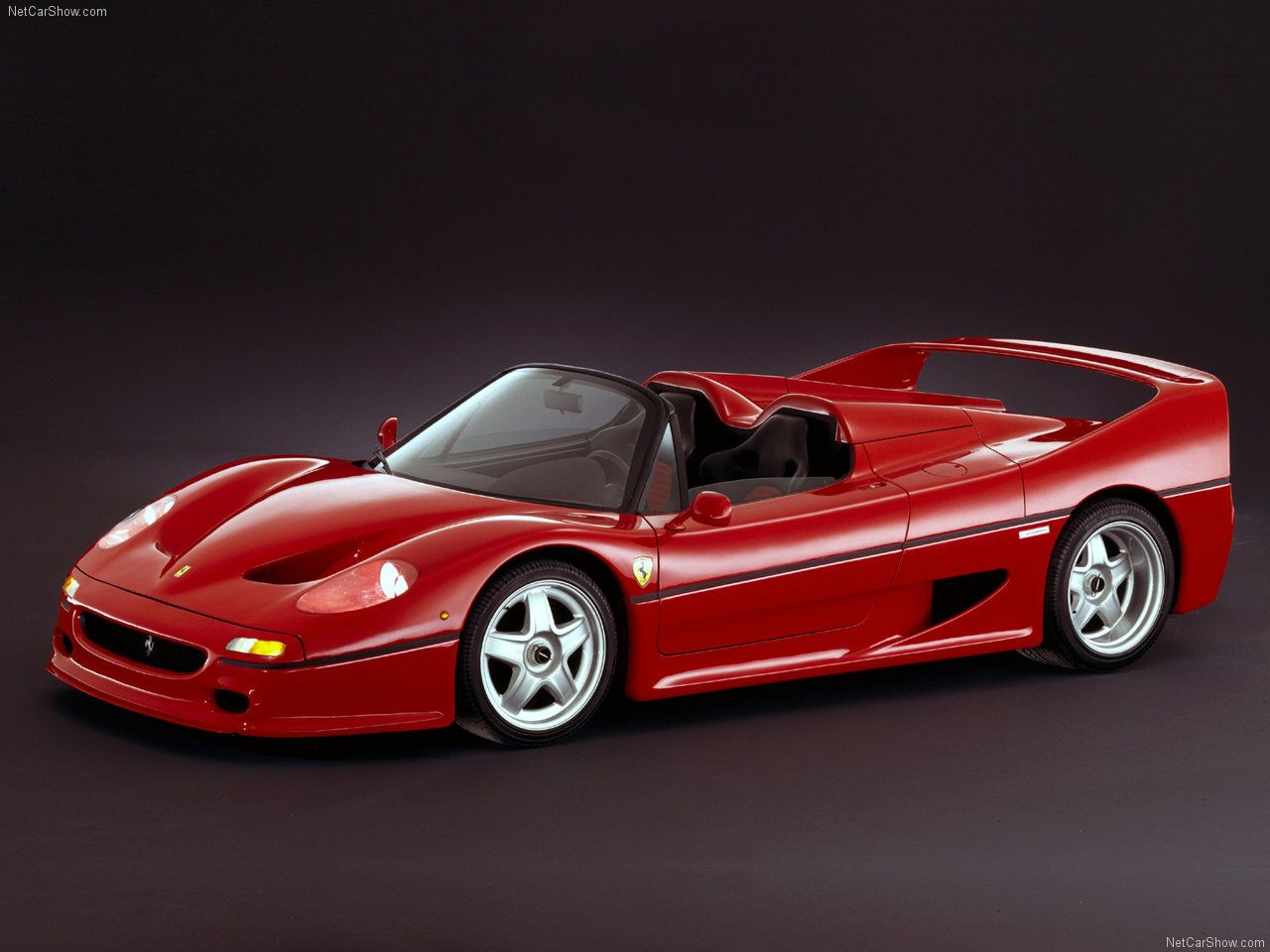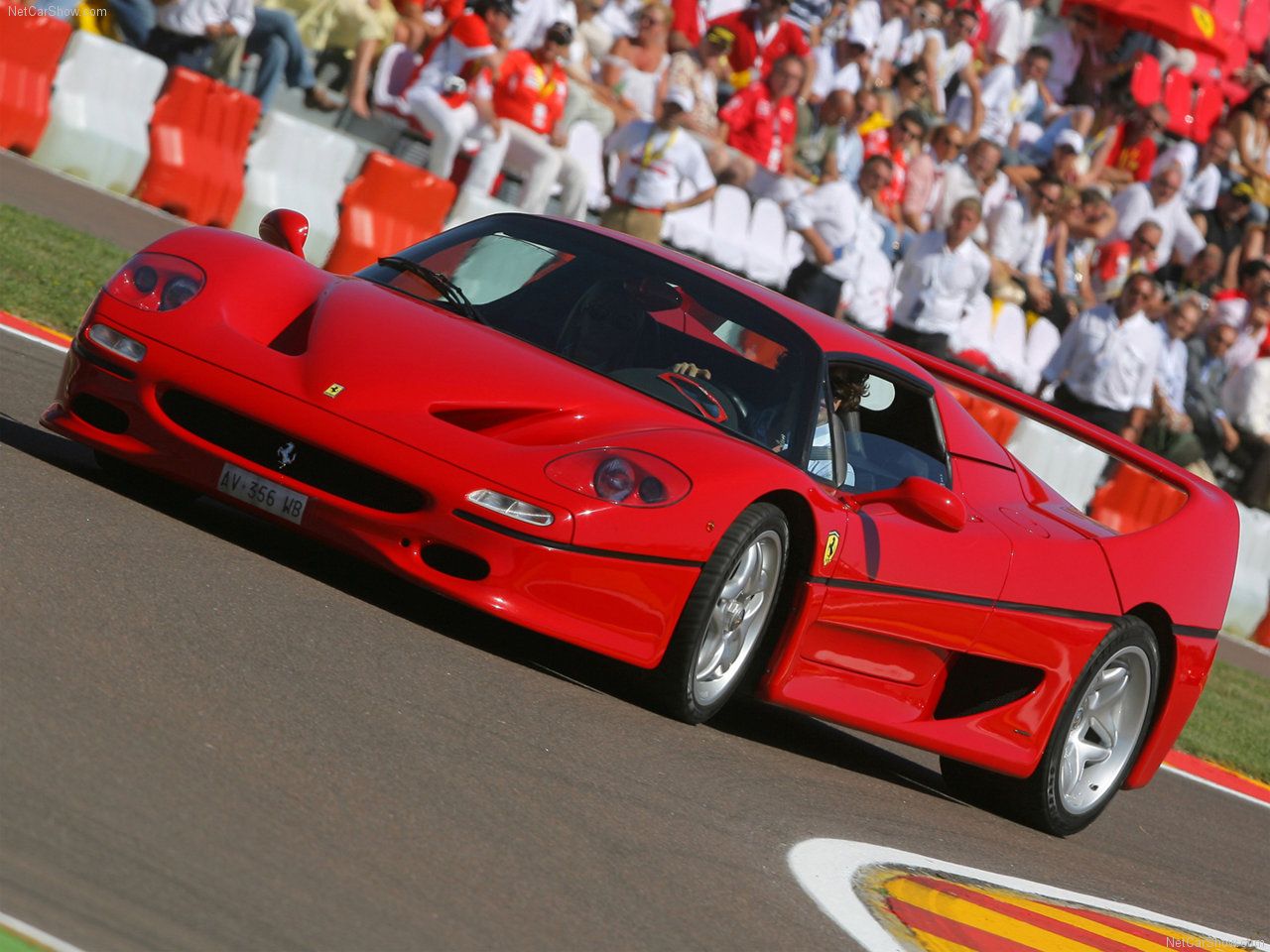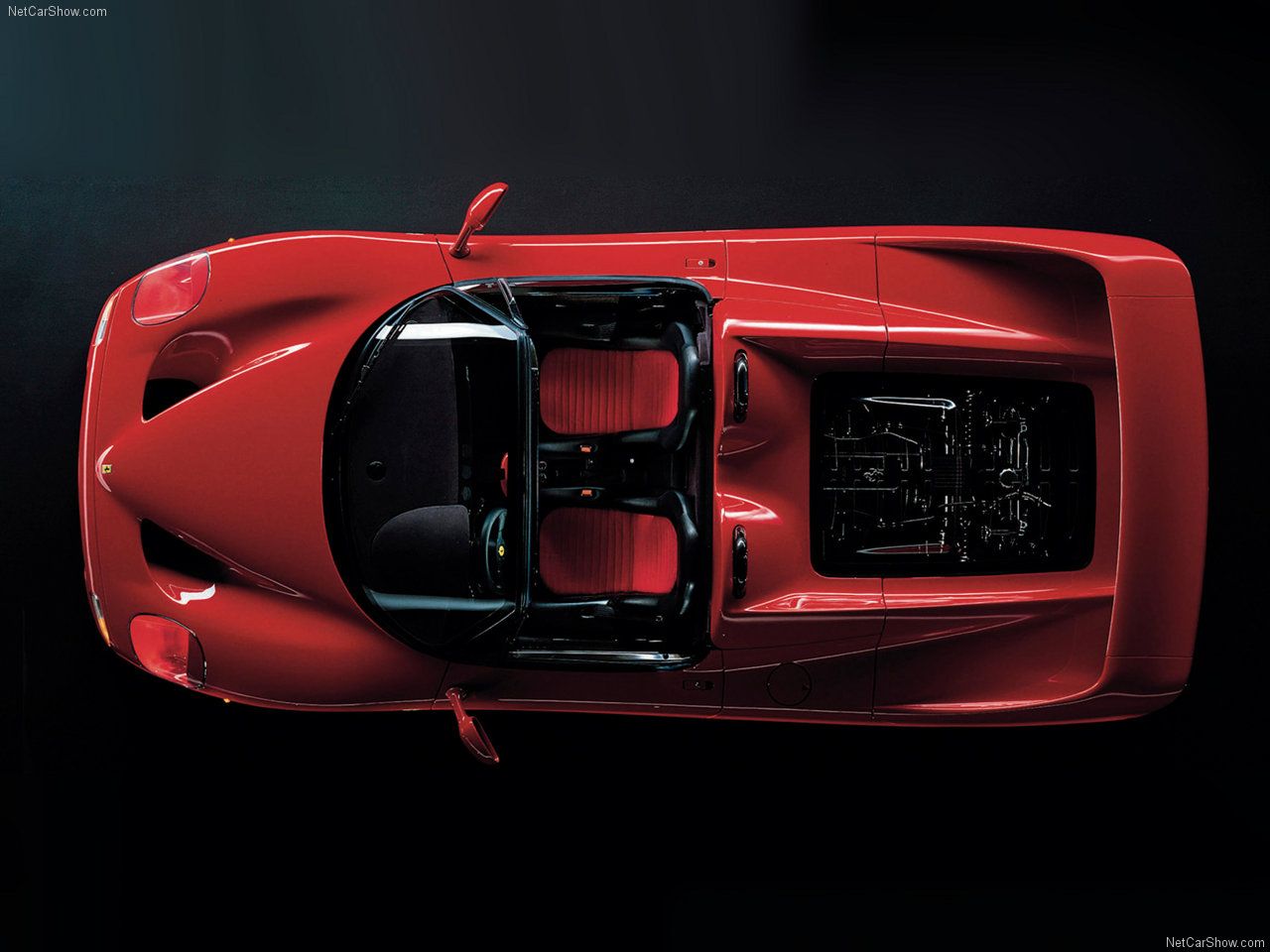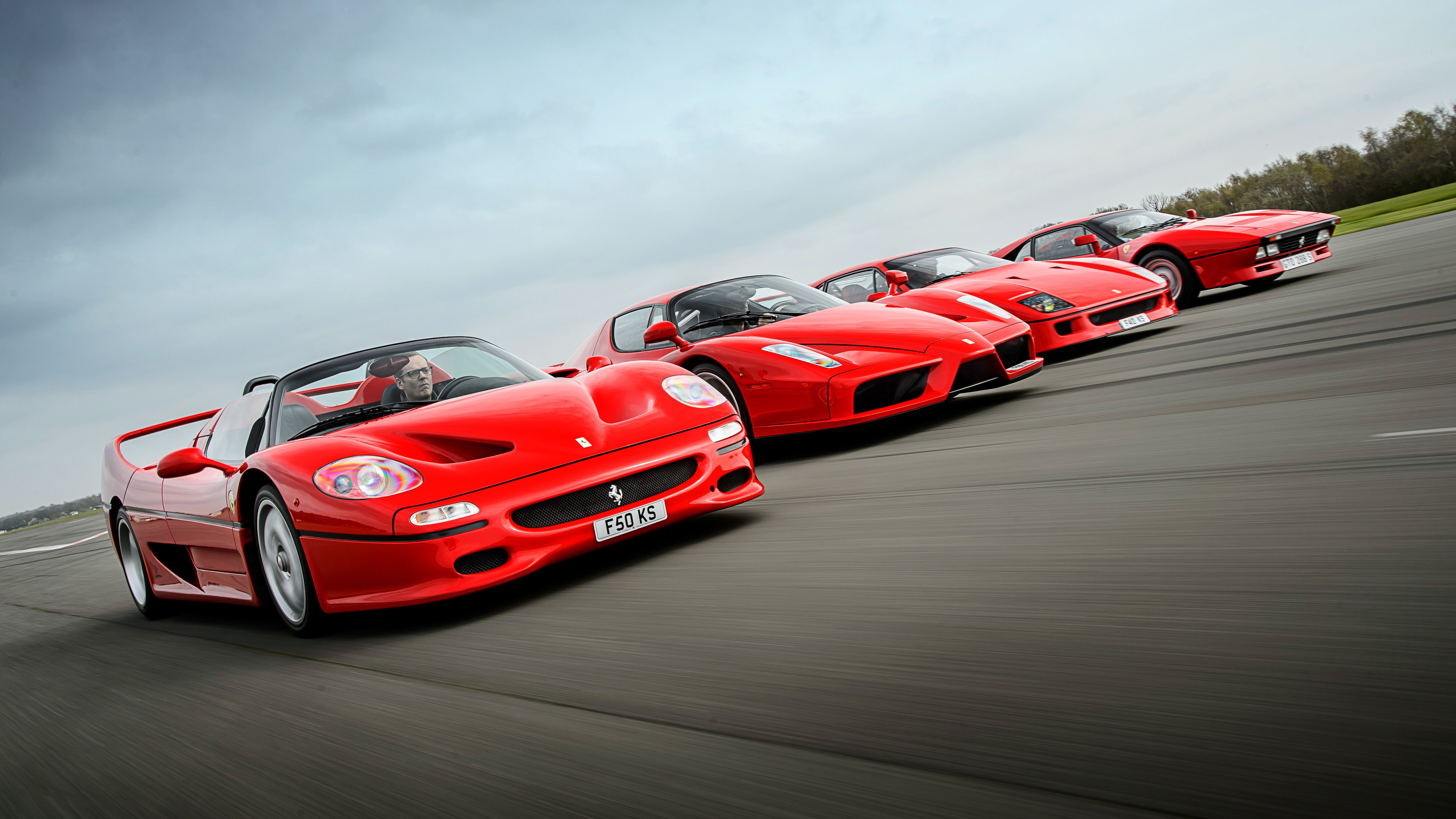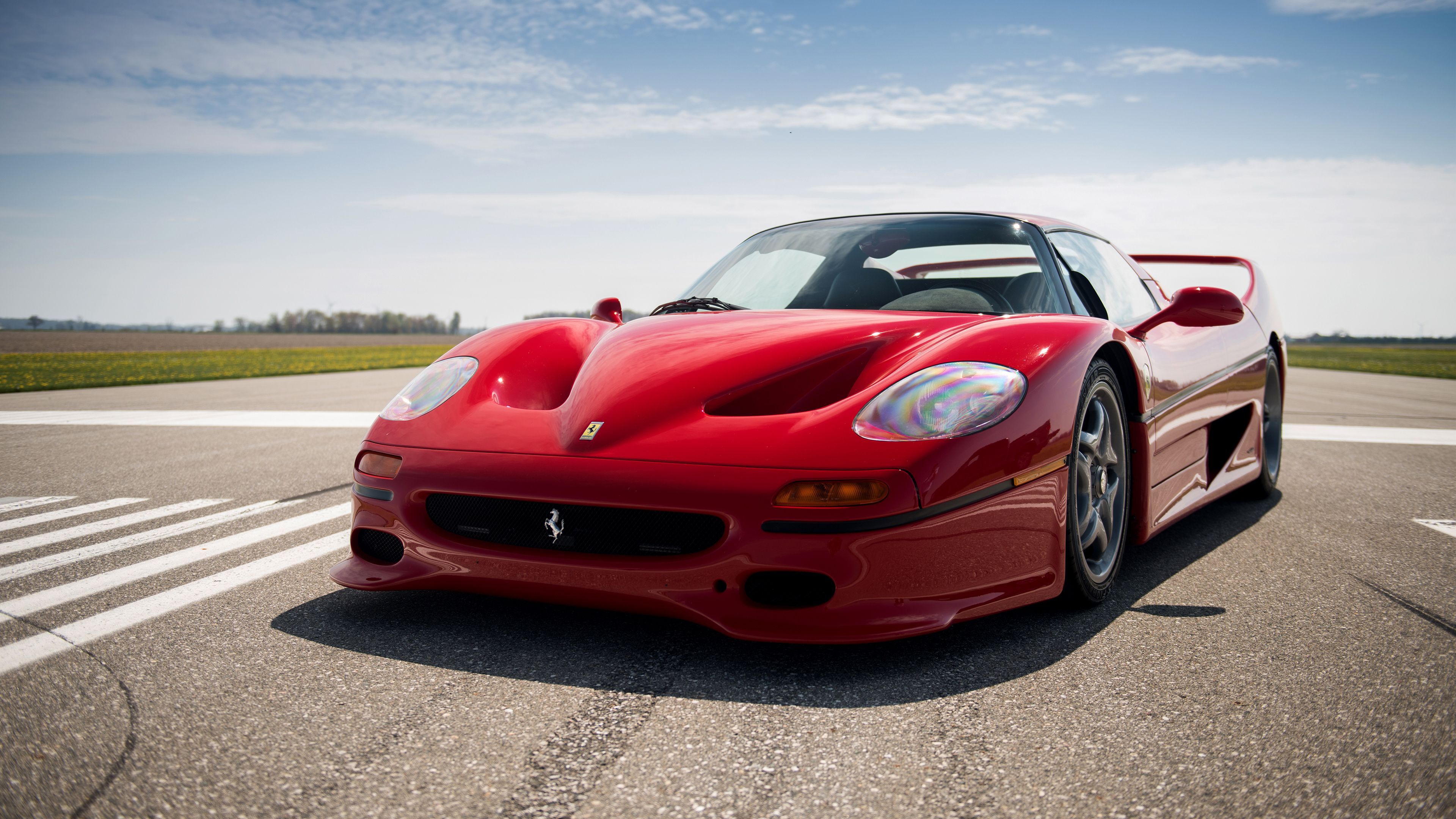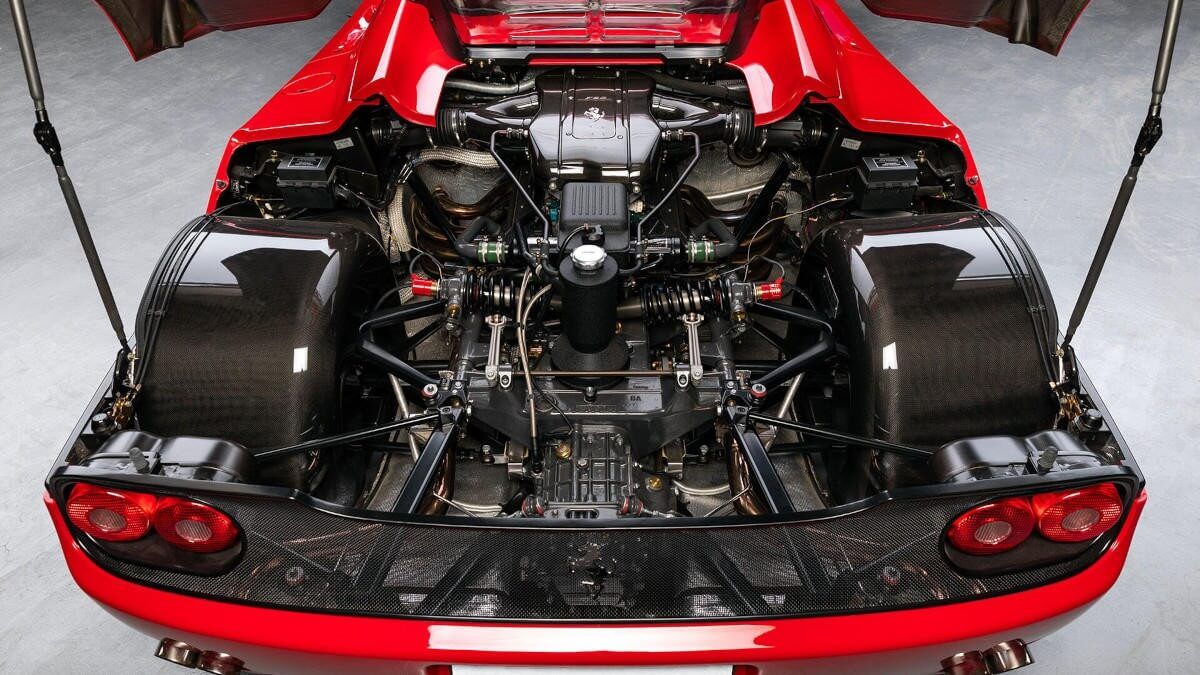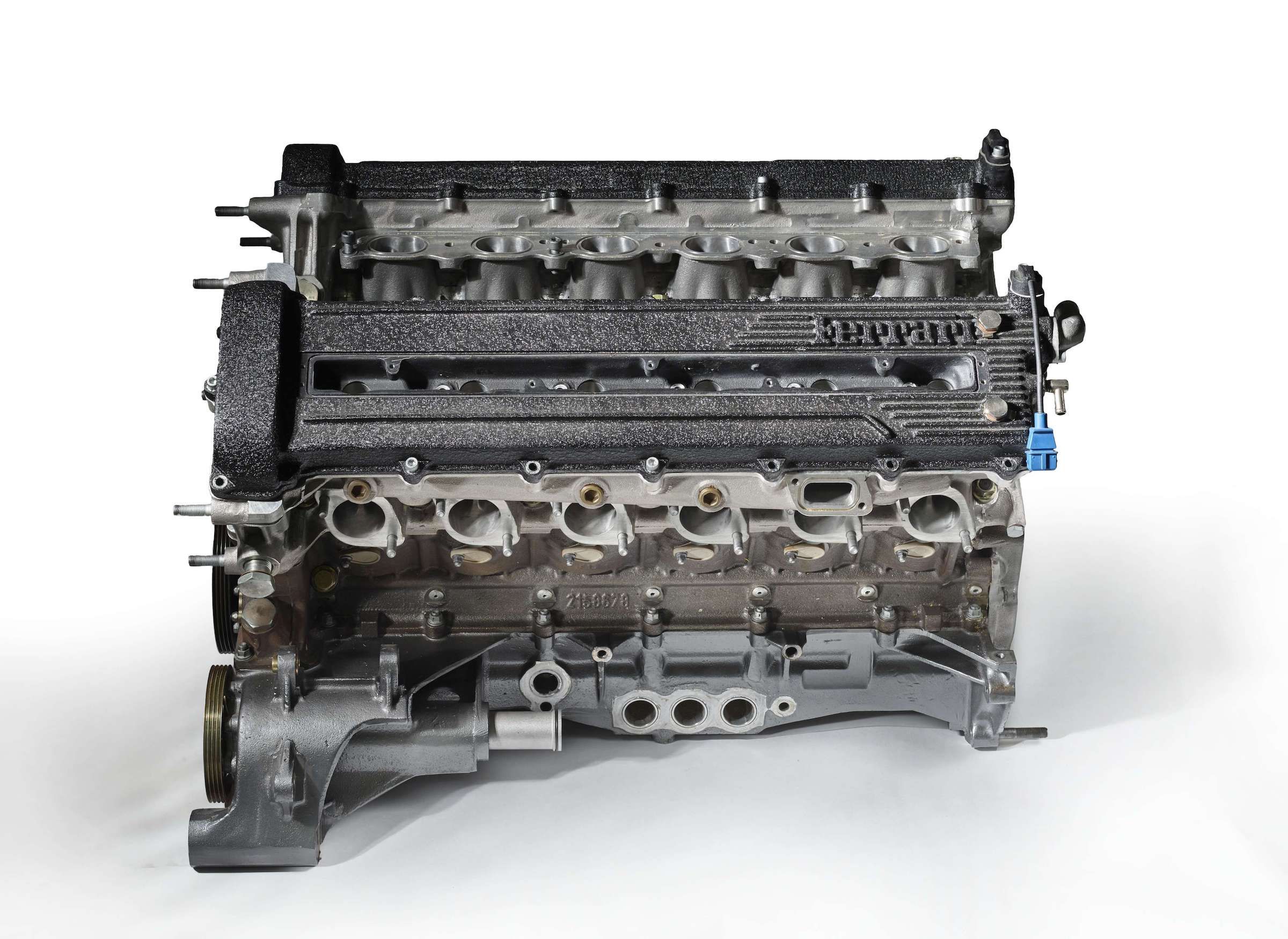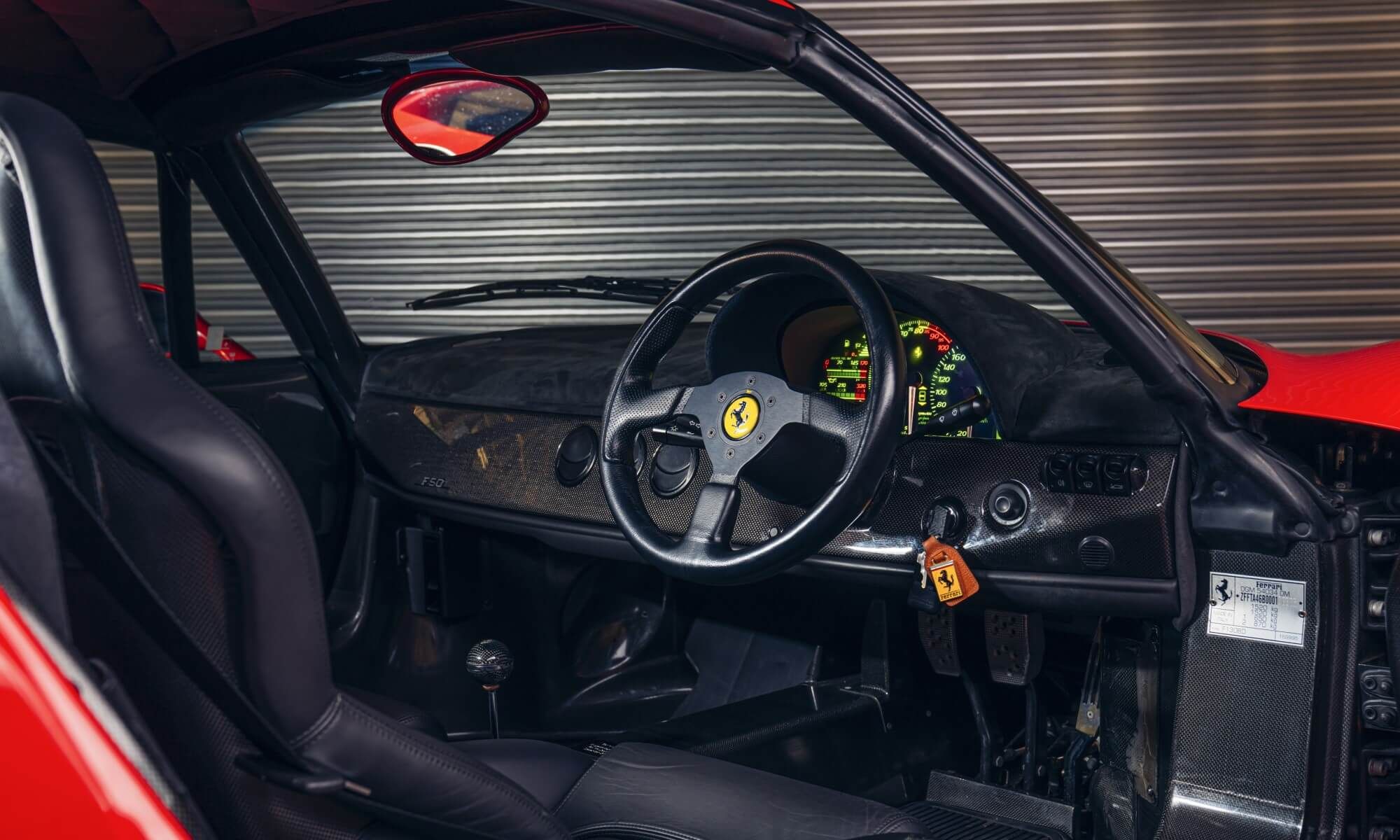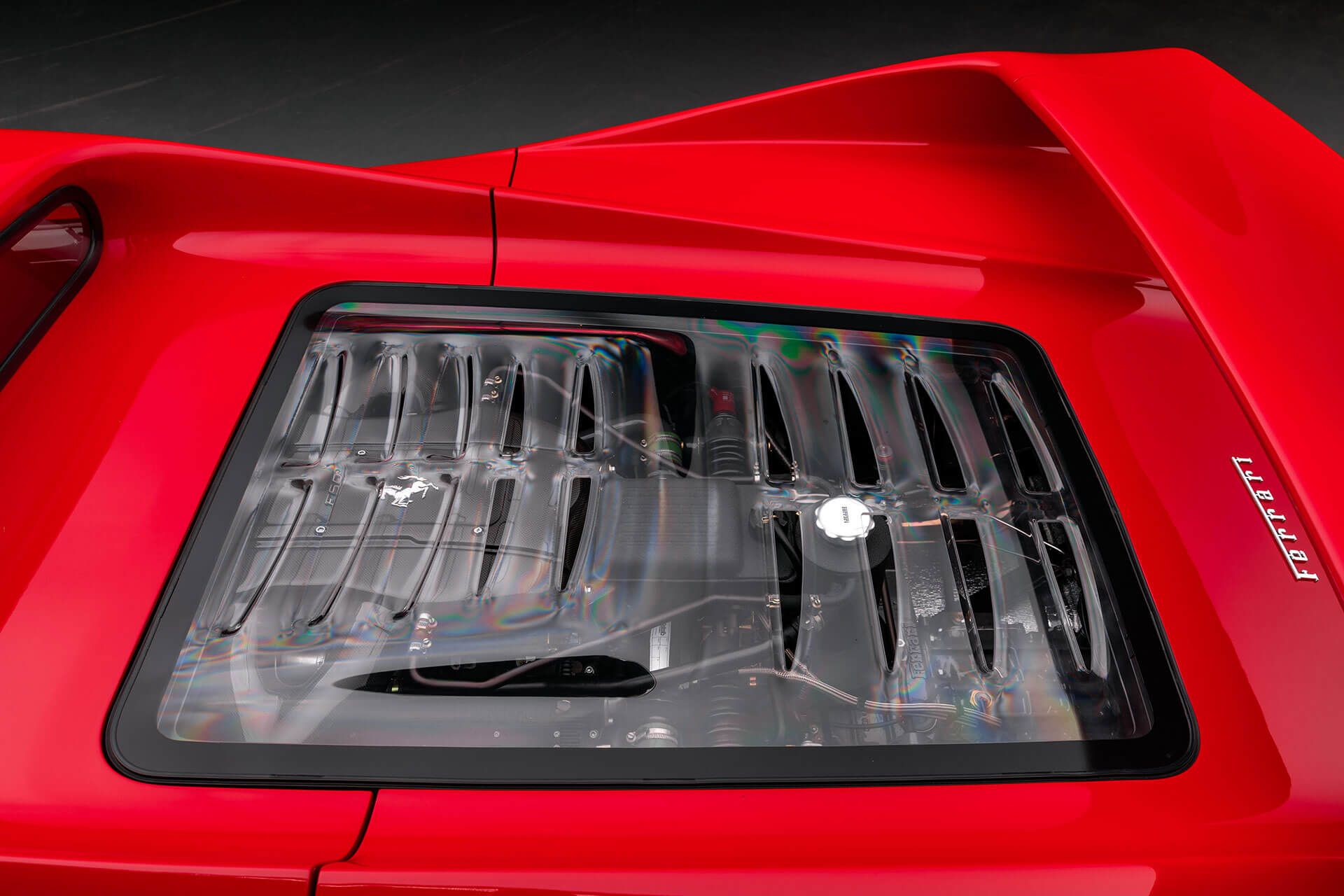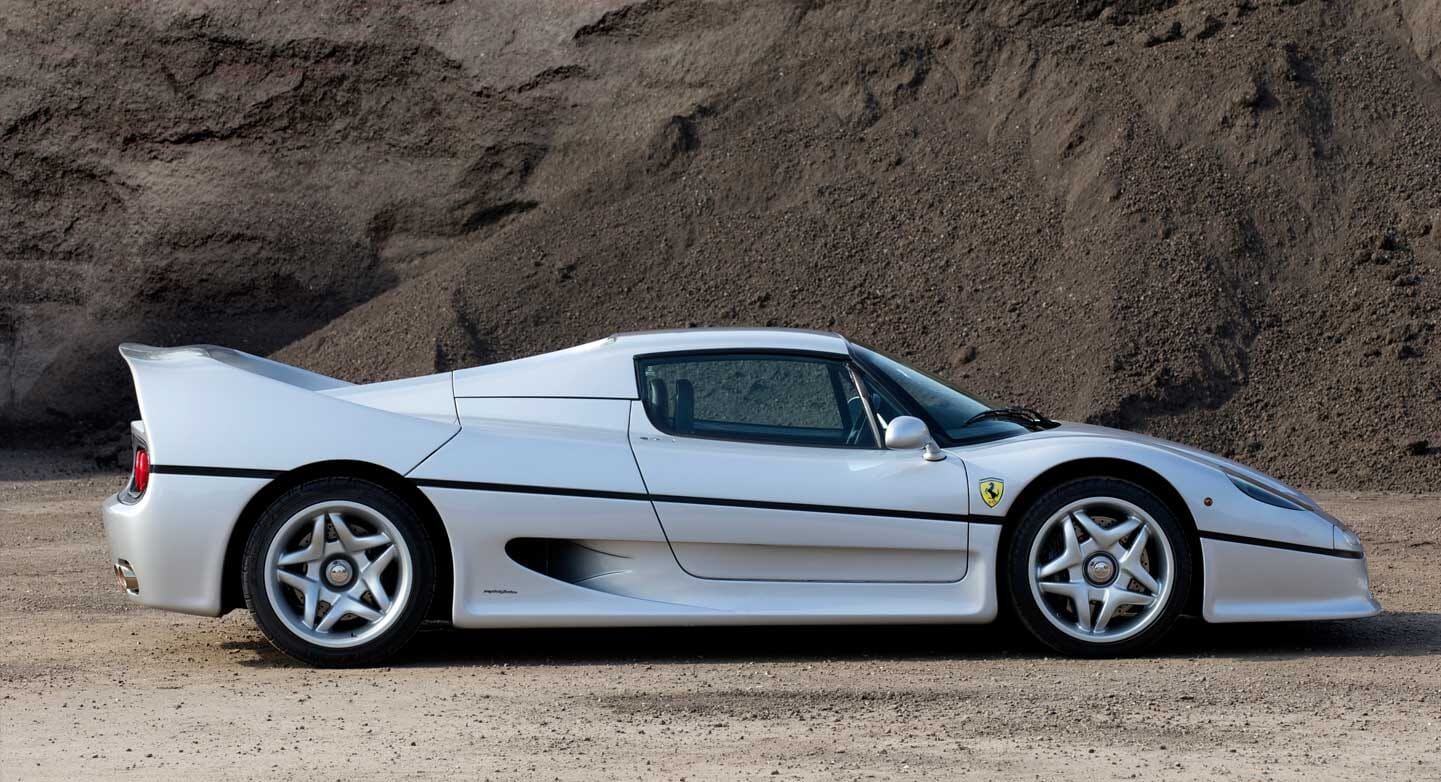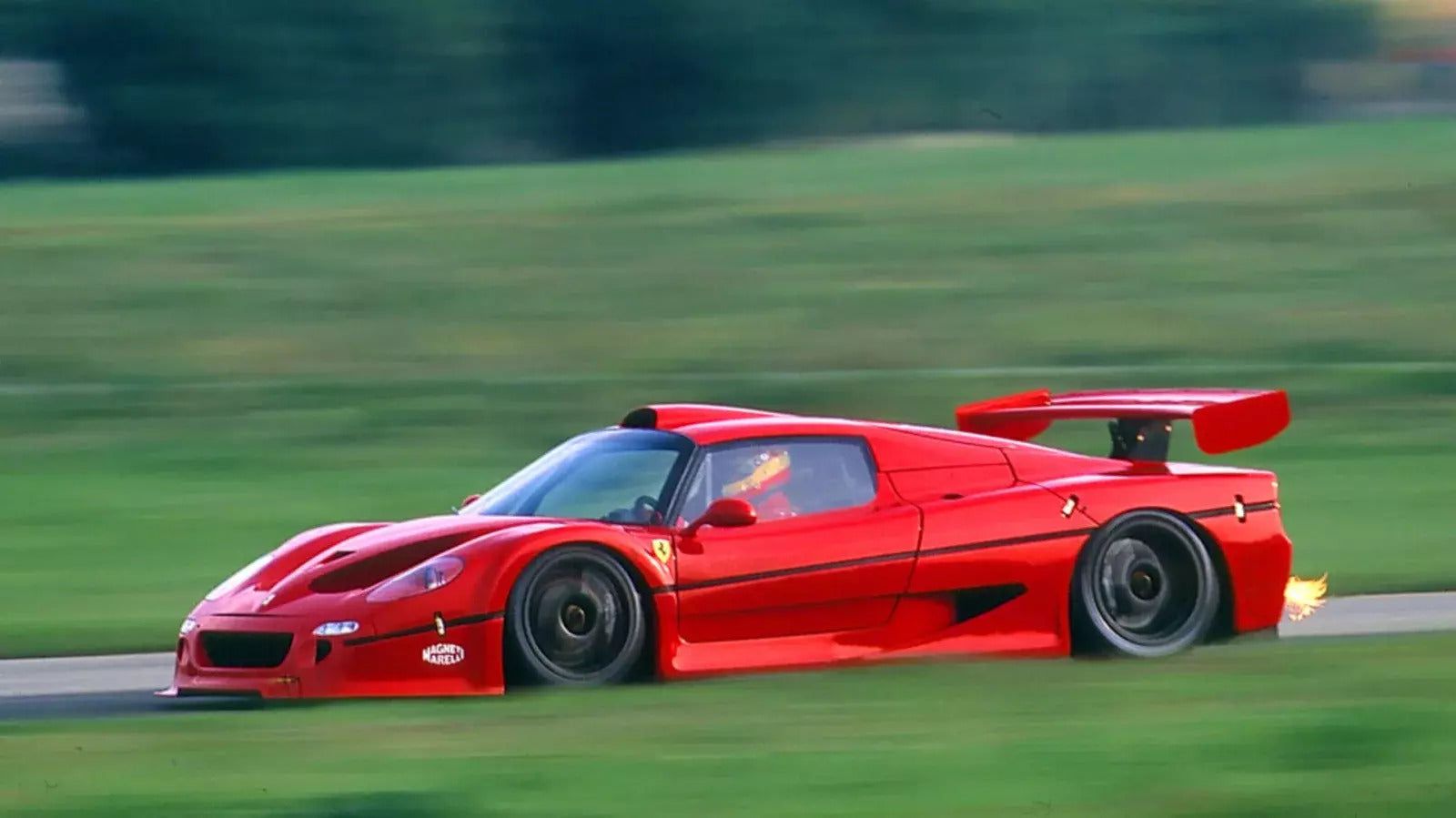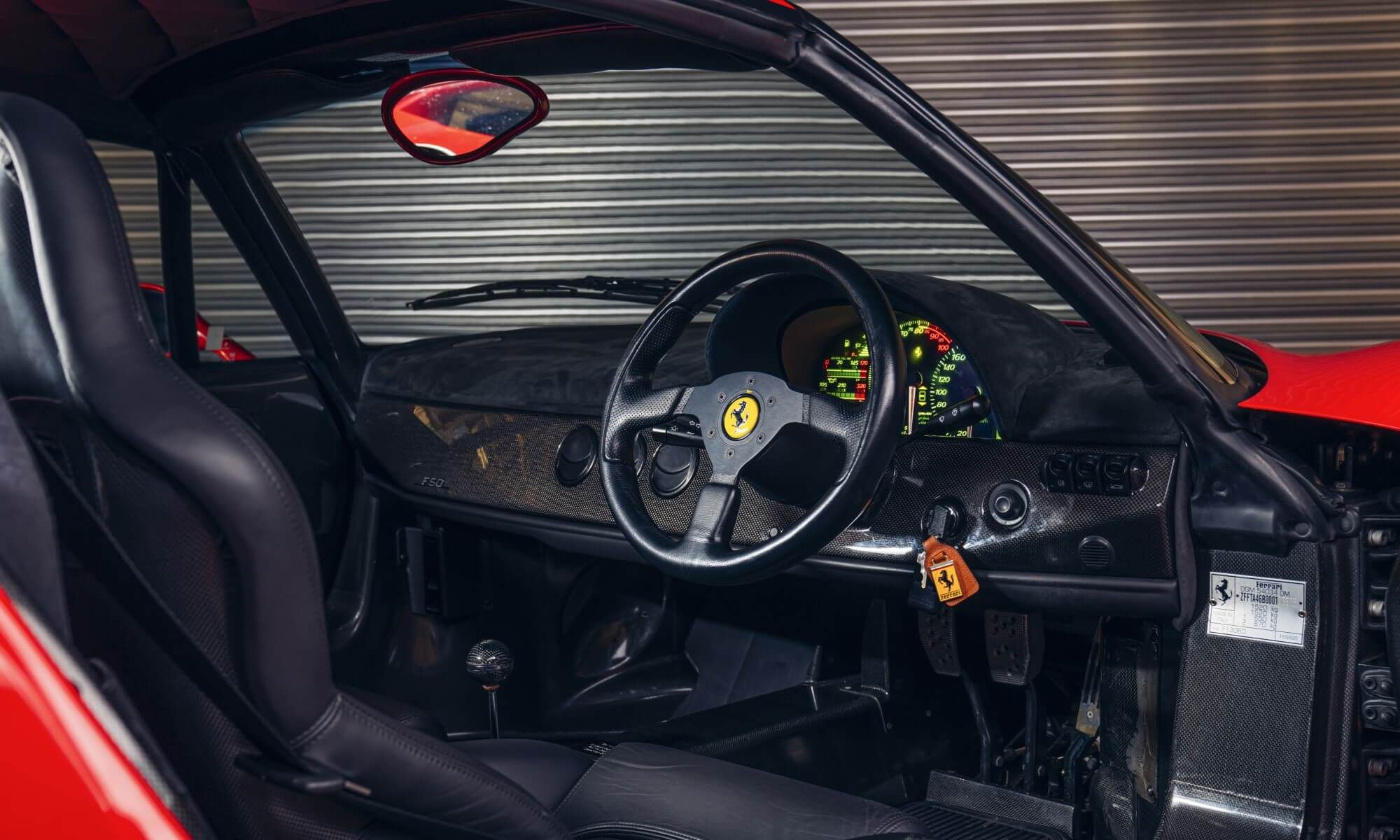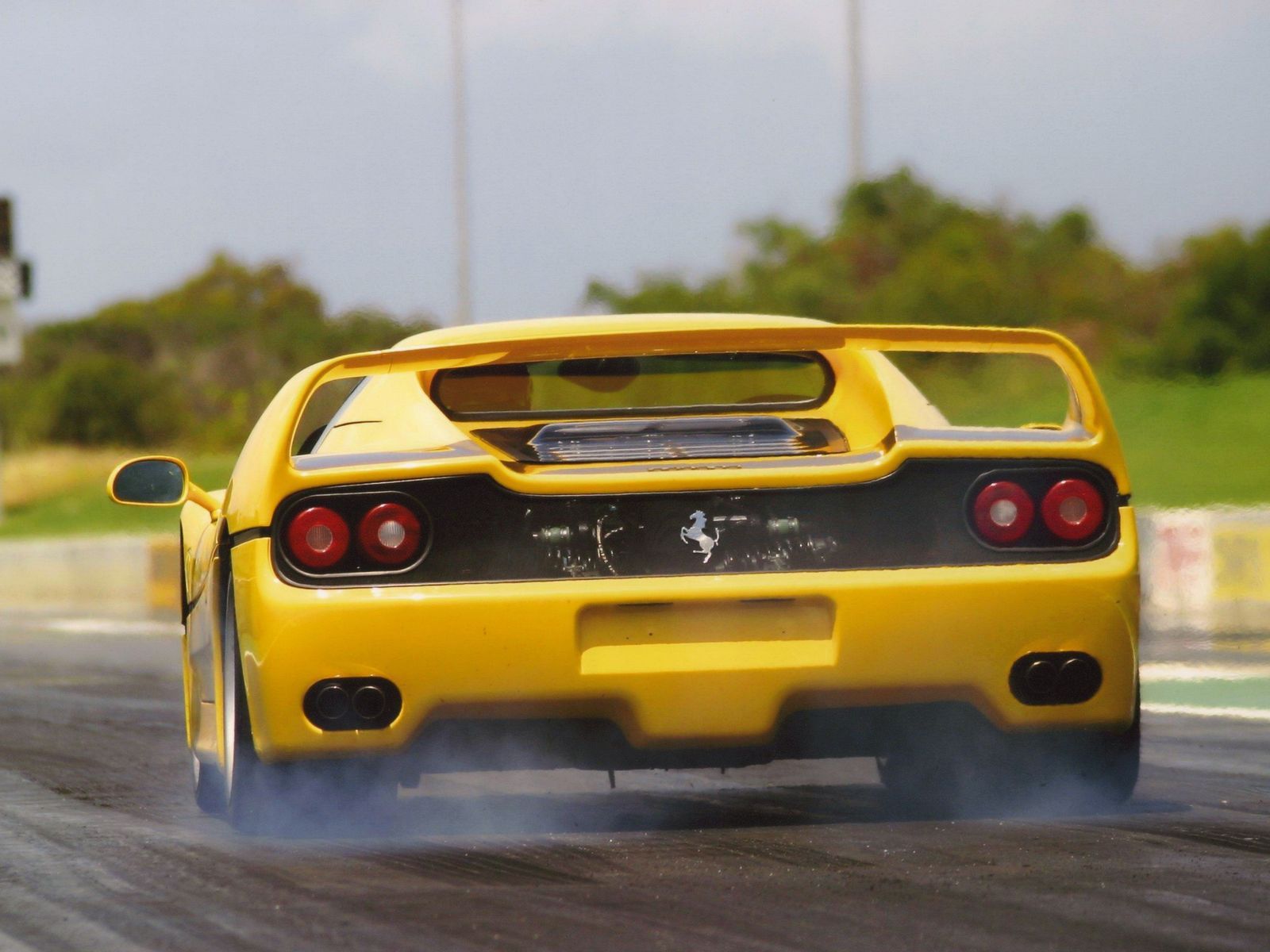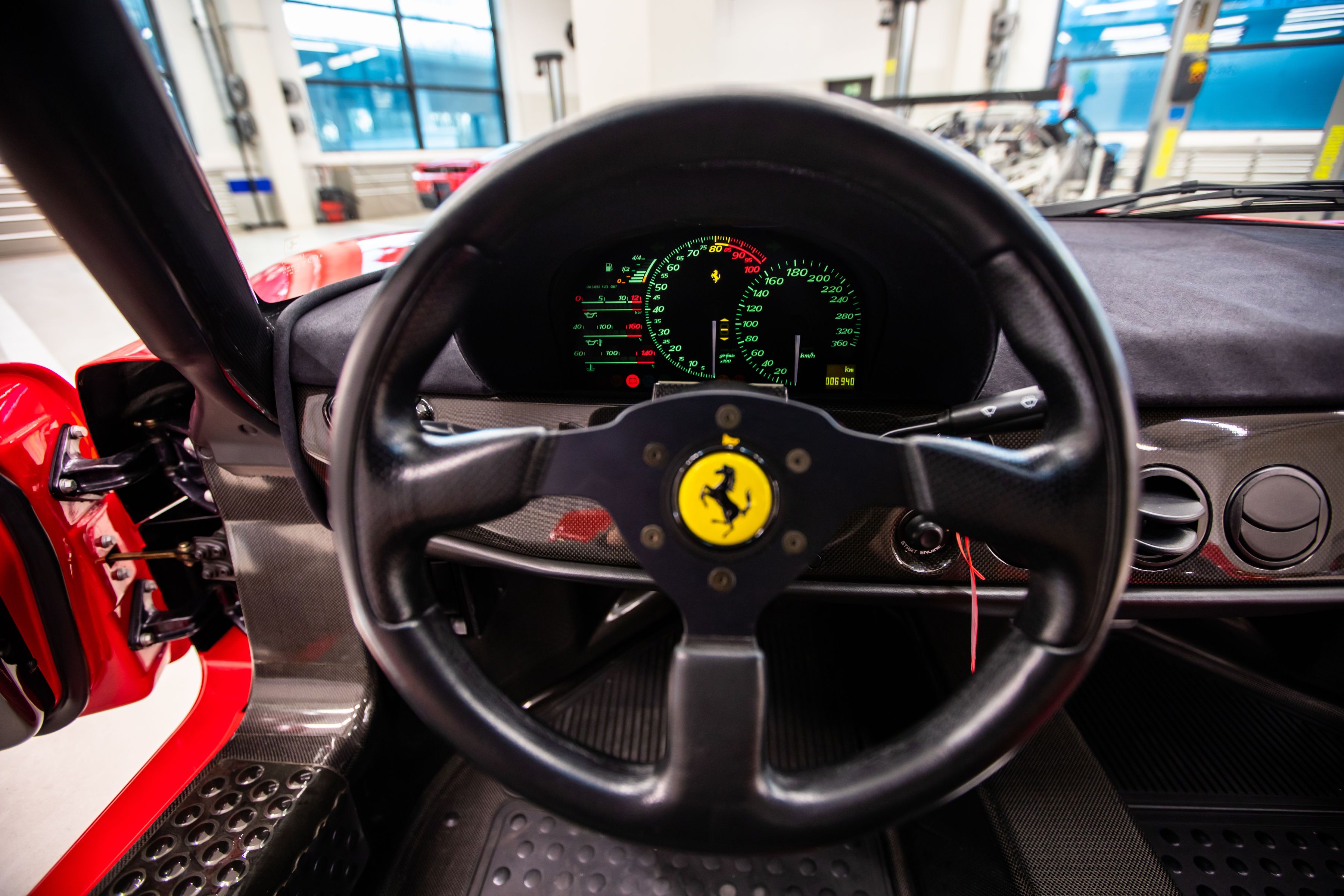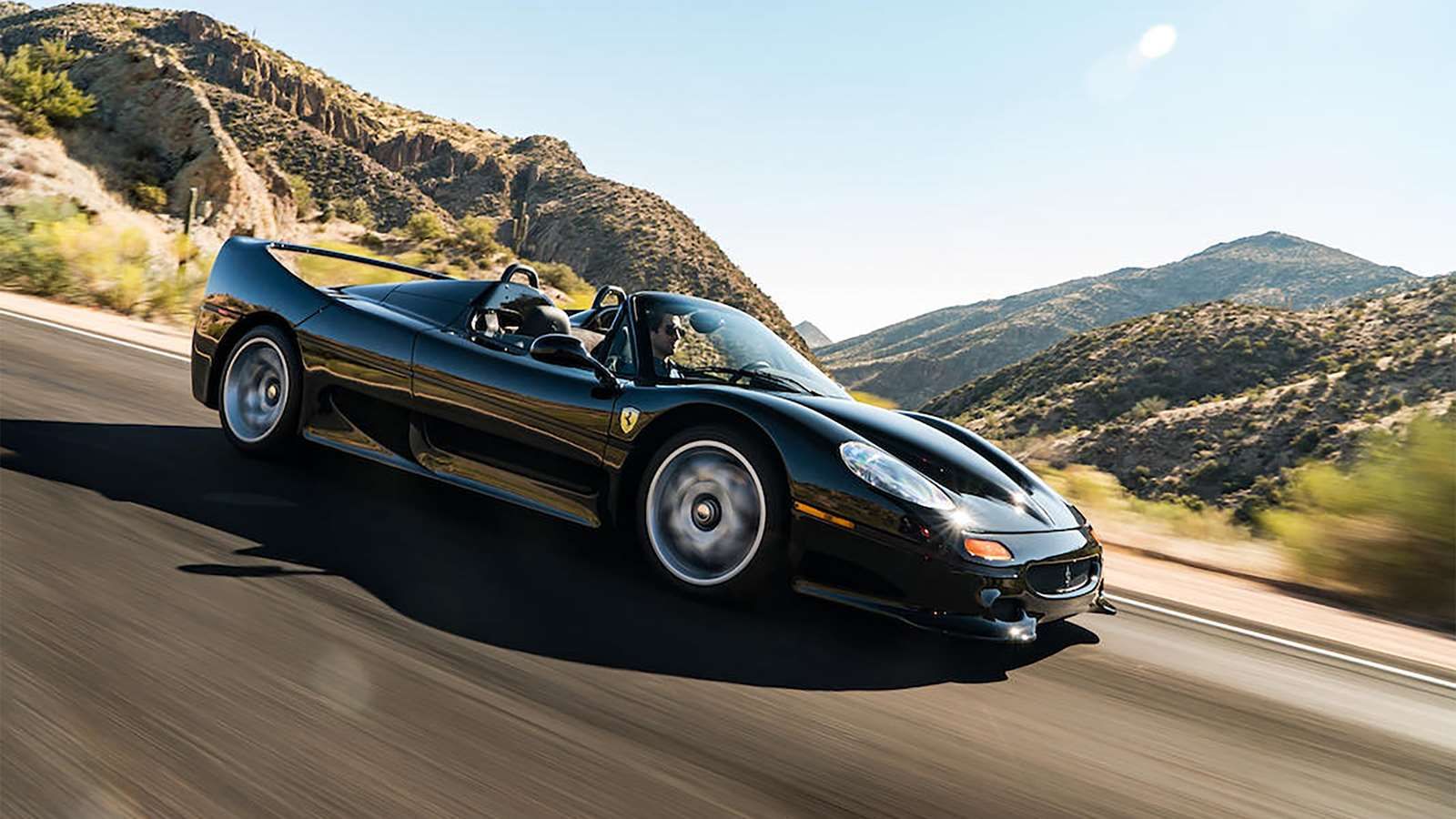As a manufacturer of high-end sports cars, Ferrari has become the most lusted after brand on the planet and a household name that resonates excellence, expense, and tire melting performance. Its prancing horse logo is instantly recognizable and carries more brand gravitas than any other marque available. As an item, a Ferrari simply means success, with an 812 being the best Ferrari on the road today.
Nearly every model ever released has been eyed up as a collector's piece, with examples such as the wallet wilting Ferrari 250 GTO being touted as the world's most expensive classic and the 1969 Ferrari Dino 246 GT L capturing the hearts of a new generation of buyers and avid car connoisseurs.
Yet not all of Ferraris creations have evoked an instant fevered following by those dedicated to the prancing horse ethos, with the iconic F50 initially falling, on its release, between two distinct camps. Signaling a turning point in the company's design and approach to future vehicles, it was hailed as the spark that presented Ferraris's intentions of building a new wave of sleeker cars, and there were those that loved it and those that simply hated everything about it. As a message and exercise in learning for all of the haters still out there, here are 10 reasons why the Ferrari F50 deserves more love.
10 A Real Nineties Superhero
There is no disputing the fact that the Ferrari F50 probably appeared on more bedroom wall posters, calendars, and assorted toy wish lists than any other dream supercar from the nineties due to its otherworldly design and exotic Italian appeal.
Morphing the design of the 1989 Ferrari Mythos concept car into a vehicle that was at home on both the race track and the public road, the F50 smoothed off the sharp angles that the previous F40 had so proudly boasted to become a sleek, modern machine.
9 A Self-Indulgent Birthday Present
Announced to celebrate Ferrari's 50th birthday, the F50 was a glorious ode to the sports car manufacturer's lavish history of creating lusted after exotic machinery that stirs the spirit and captivates the petrol-powered souls of car fans everywhere.
Looking to capture the ultimate racing car experience in a road car package, the F50 was marketed as a performance car that offered the closest a buyer would ever get to owning a fully-fledged road-legal Formula One race car in disguise.
8 Occasionally Lost Amongst Its Stablemates
Despite being faster than the race car that its engine came from, the F50 still lost out when it came to the other pedigree badges that proudly loitered around in the extensive Ferrari stable, often overlooked in favor of more iconic motors.
But then when a manufacturer has such a vast amount of motoring legends all gathered beneath one roof, each wearing a prancing horse, it is easy to fade into the background as the predatory Enzo and gorgeous 250 GTO hog the limelight.
7 It Has Got A Ferocious V12 Heart
Fitted with a mid-mounted naturally aspirated 4.7-liter V12 race-derived engine that had seen service in the 333 Sports Prototype track car, the F50 was blessed with 512hp and 347 lb-ft of torque, allowing for a raucous yet glorious soundtrack.
Producing 109hp per liter, the V12 was rather fond of unleaded fuel and would turn in a not unsurprising 8mpg average, but then anyone looking to buy an F50 really shouldn't buy an F50 if they're worried about fuel economy.
6 Ravenously Fast
Thanks to all of those rampaging Italian horses, the lightweight F50 would accelerate from standing to hit 60 mph in a breathtakingly rapid 3.8 seconds on its way to cracking 170mph in an eye-watering and physics-defying 26 seconds.
Topping out at an impressive 196mph, the F50 used a blend of high-specification materials like carbon fiber, Nomex, and polymer in conjunction with electronic adaptive damping to move Ferrari's latest offering into the new age.
5 A Work Of Carbon Fiber Art
A visionary cutting edge creation at the time of its release, the F50 utilized the best materials available being constructed with a Nomex honeycomb structure, with the extensive use of carbon fiber throughout the vehicle to save weight and add additional strength.
Described as having looks that divided a room, the F50 wasn't instantly hailed as a work of art with some true die-hard Ferrari fans not being too fond of the bold sleek look, wanting a return to the more angular, aggressive creations of the last decade.
4 Rare And Wildly Expensive
In total, only 349 factory-built F50 road cars left the workshop between 1995 and 1997, with Ferrari making potential new owners jump through so many hoops to buy one that quite a few decided that they couldn't be bothered.
Many buyers were invited to purchase a car from new and would have to fork up $560,000 for the privilege, but those looking to nab one of the rare F50 examples that get sold today would need to part with the thick end of $3 million.
3 The F1 Powered GT Version
A race-bred evolution of the road car, the Ferrari F50 GT1, was created to race within the Global GT series, but with the championship folding, the incredible track weapon never saw service, and the highly focused project was sadly scrapped.
Needing more grunt with which to dispatch its competition the F50 GT1 saw its power output climb to 739hp with 390lb-ft of torque, this resulted in an improved 0-60 mph time of just 2.9 seconds and an astonishing top speed of 234mph.
2 Gloriously Analog
Despite being one of the most advanced vehicles that Ferrari had ever made at the time, the F50 retained a very analog approach in the way it drove with a manual gearbox, direct steering, and superb braking feel as it eats up high-speed corners.
Unlike today's offerings, the F50 came without complex programmable options, no sports or race modes, it simply served up seat-of-the-pants thrills without the need to overcomplicate things, it was the ultimate blend of pure power and pure pleasure.
1 Far From A Failure
Thanks to the ridiculously complicated and off-putting way in which Ferrari wanted their chosen devoted buyers to approach ownership of an F50 combined with a reluctance to let the motoring press drive and record its performance, the car wasn't regaled on release.
Yet over time and with several cars having swapped hands, the F50 has steadily built up a reputation as a truly fantastic entry into the Ferrari back catalog and is often lovingly remembered as the company's final non-digital offering.

